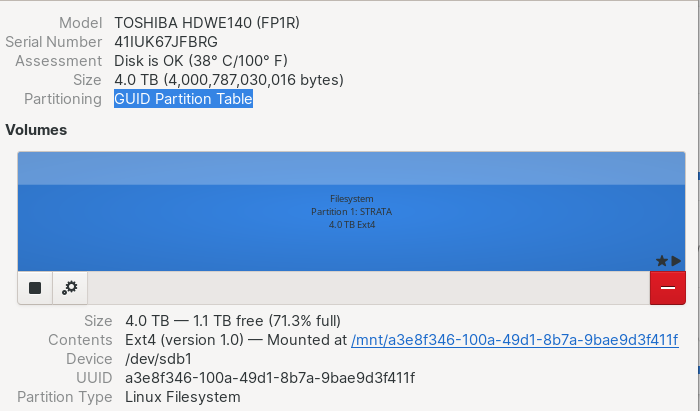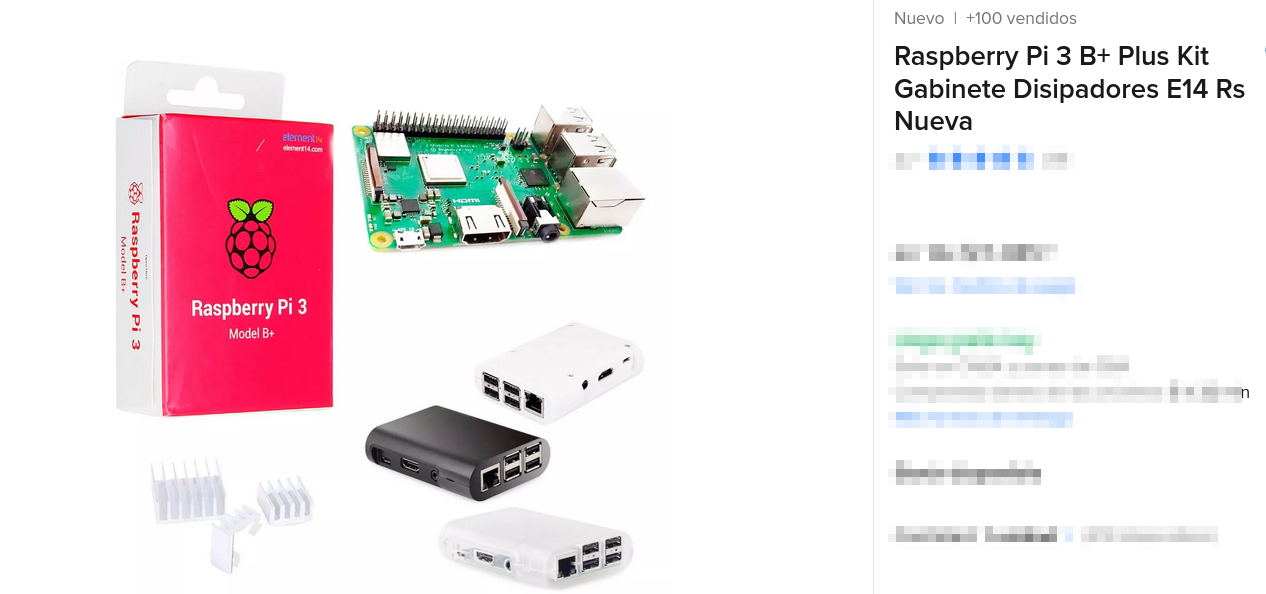Not this time it seems.
Yeah, recently after posting this I went down a rabbit hole and found out about zsh and fish and I kind of like fish so I'm thinking about going straight to that, what a hard choice.
I think I maybe phrased it horribly, my question was more like, what do I need to learn in order to modify myself the .bashrc by myself instead of using a programme. Does it make sense?
I think I maybe phrased it horribly, my question was more like, what do I need to learn in order to modify myself the .bashrc by myself instead of using a programme. Does it make sense?
I was trying to do that but I'm unsure what to edit to do that, since most tutorials are using either a Debian based or Arch distro.
I was using a similar guide, and it also talked about the locale.gen, but that file was never to be found, I just searched a bit more into that and this popped up. So it seems Fedora handles things differently, but now I'm unsure what commands to execute since I'm not sure the ones in that thread are also valid for me.
Well, in Firefox's settings there's an option to use my own fonts instead of the web site, so I don't think it's related to anything like that, but rather some setting within the OS, related to locale config files.
I think it's pure luck what font does your OS prefer, I was using Pop_OS and it defaulted to Japanese, but I think it's more common to default to Chinese because of the population size.
I was using a similar guide, and it also talked about the locale.gen, but that file was never to be found, I just searched a bit more into that and this popped up. So it seems Fedora handles things differently, but now I'm unsure what commands to execute since I'm not sure the ones in that thread are also valid for me.
And what about installing this plus Jellyfin or something similar?
The US wants its ass kicked, lol.
It's not about the money, it's about principles.


You still need a terminal emulator capable of displaying images, though, right? Like Kitty, Allacrity won't do the trick.